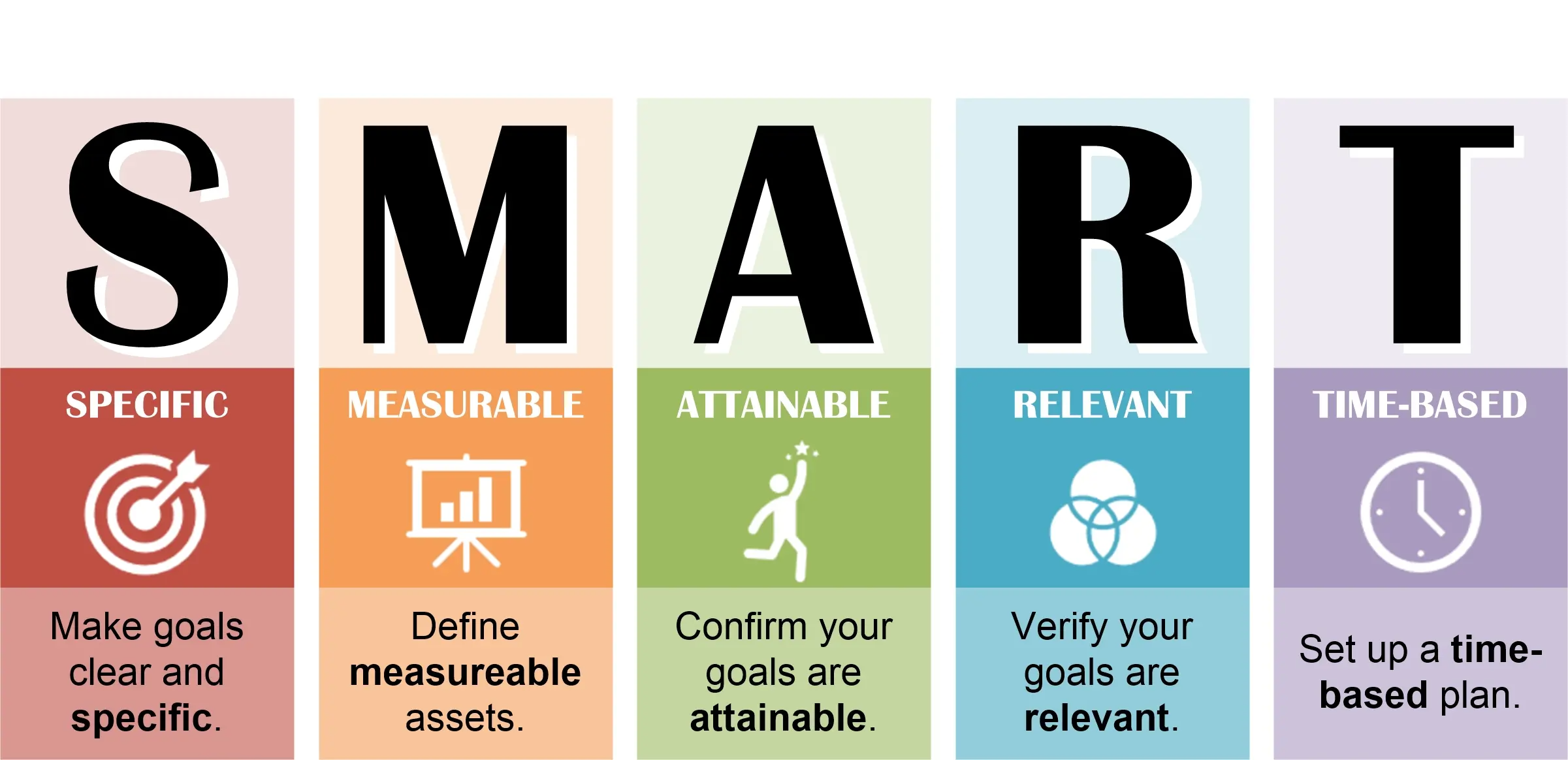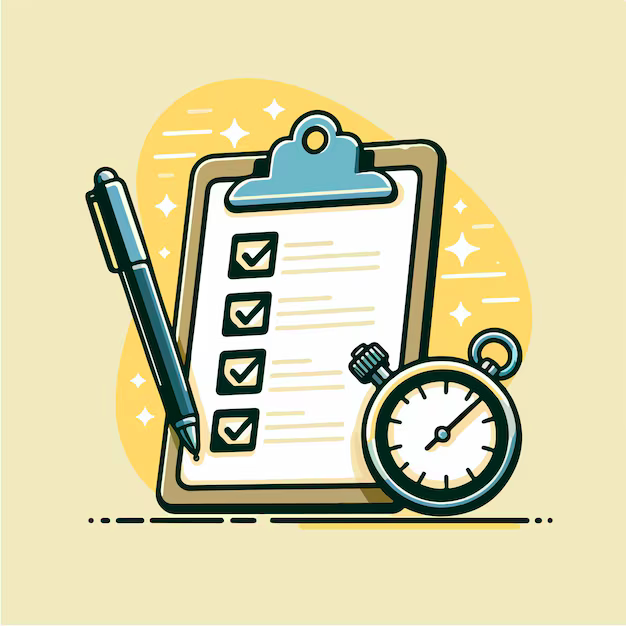Introduction

Software development is more than just writing lines of code—it’s about creativity, collaboration, and continuous growth. This blog post explores key insights from Soft Skills: The Developer’s Life Manual to help you become a better software developer both in life and in career.
Career

Many software developers limit themselves by thinking solely as “employees.” They spend years doing the same tasks, earning the same paycheck, and never reaching their full potential. As a developer, you create value through your ability to solve complex problems—your art form is coding. Don’t confine yourself to one company or project; imagine helping astronauts land on the Moon or building enterprise systems for banks. Remember, software development isn’t just about writing code;
Another false assumption about software developers is justifying anti-social behavior as a characteristic of a software developer. Software development isn’t just about writing code. In reality, collaboration and effective communication are crucial skills in software development.
The book also talks about what takes to be a professional, freelancing, how to work remotely and how to write better resumes.
Marketing Yourself

Marketing, in simple terms, is a contest for people’s attention
Why Marketing?
Talent and hard work will only take you so far in life. You can be the most knowledgeable programmer in the world but if no one knows about your abilities, you won’t become successful. I recommend reading The Formula: The Universal Laws of Success. Marketing acts as a multiplier to talent:
$TALENT * HARD WORK * MARKETING = SUCCESS$
How to Market Yourself?
You do this by blogging, writing articles, talking in public event, or using any other medium you can to get your name out there.
Why Blogging?
- You Learn better by teaching what you know. You find the gaps in your knowledge when you try to teach a concept.
- You prove that you are a professional in your field.
- You help others by writing about solutions to their problems. I believe that you can’t become successful without first helping others achieve success.
- You become a better communicator. Blogging and writing in general helps you organize your thoughts.
- Forcing yourself to write an article per week, pushes you toward continuous learning which is one of the most essential skills In the Future
Why You Need Social Media Presence?
Even if you do the blogging, you still need to find the audience to observe your works of art (yes, it is an art). But don’t get addicted to social media. Always remember what your main goal is. I recommend reading Essentialism: The Disciplined Pursuit of Less
Learning
 In the book a process of learning is discussed:
In the book a process of learning is discussed:
- Get the big Picture: Learn enough to find out what you don’t know about the concept. If it is a book, read the introduction and table of contents section.
- Determine Scope: Now that you know what you don’t know, specify what you want to know. Without completing this step, you never finish learning since there is no limit to concepts that you don’t know.
- Define Success: How can you measure that you have learnt the subject. Make it measurable.
- Find Resources And Filter Them: This can be books, websites, videos, etc. I recommend books. There is no distraction in books. Just pure knowledge waiting for you to learn. Also remember to not limit yourself to a single resource.
After that, repeat these 4 steps
- Learn a little
- Put what you learnt in action: You you don’t practice, your brain forgets it. If you can’t put it in action, imagine that you are doing it.
- Connect the little stuff you learnt together by trying to solve a more general problem
- Teach it
Also it is worthwhile to mention about SMART goals:
 I also recommend watching this youtube video
I also recommend watching this youtube video
Example: Learning Spring Boot Using This Approach
Step 1: Get the Big Picture
Before diving into Spring Boot, you should first understand what it is and why it is useful.
- Read the Spring Boot documentation introduction.
- Skim through a Spring Boot book’s table of contents (e.g., Spring Boot in Action by Craig Walls).
- Watch a short YouTube video explaining Spring Boot’s purpose (e.g., “Spring Boot in 10 minutes”).
- Understand where Spring Boot fits in Java development and how it differs from Spring Framework.
At this stage, you’ll realize that Spring Boot simplifies Java development by reducing boilerplate code and providing auto-configuration.
Step 2: Determine Scope
Now that you have an overview, decide what exactly you want to learn. You may want to:
- Learn the basics: Setting up a Spring Boot project, understanding dependencies, and running a simple app.
- Understand key concepts: Controllers, Services, Repositories, and Dependency Injection.
- Work with a database: Connecting to MySQL/PostgreSQL using Spring Data JPA.
- Implement authentication and security: Using Spring Security.
- Build a REST API with Spring Boot and test it. By defining this scope, you avoid endlessly jumping between unrelated concepts.
Step 3: Define Success
Make learning measurable by setting clear goals. Some examples:
- ✅ “I will build a simple REST API that performs CRUD operations on a database.”
- ✅ “I will be able to explain Dependency Injection and create a working example.”
- ✅ “I will deploy a Spring Boot application on a cloud platform like AWS or Heroku.” This step ensures you stay focused and know when you’ve made progress.
Step 4: Find Resources and Filter Them
Look for quality learning resources:
Books
- Spring Boot in Action by Craig Walls (Good for fundamentals)
- Spring Boot: Up & Running by Mark Heckler (Hands-on guide)
Online Courses
- Spring Boot Udemy or Coursera courses
Official Documentation
Practice Websites
- Baeldung (Great for practical guides)
- Spring Initializr (Start new projects easily) Filter out unnecessary resources and stick to a structured path.
Learning Cycle: Repeating the Four-Step Loop
- Learn a Little
- Read a chapter about Spring Boot Controllers.
- Watch a video on building REST APIs.
- Put What You Learned in Action
- Create a simple REST API with a
@RestController. - Use Postman to test your endpoints.
- Connect the Little Pieces Together
- Add a service layer (
@Service) and a repository layer (@Repository). - Integrate with a database using Spring Data JPA.
- Teach It
- Write a blog post explaining how you built your first REST API.
- Explain Dependency Injection to a friend or post about it on LinkedIn.
Repeat this cycle as you learn new concepts like security, caching, and micro-services.
Productivity
 The first step to productivity is Focus.
The first step to productivity is Focus.
- use Pomodoro technique
- avoid social media and limit it to a specific time
- disable notifications
Another step is to build good habits. I recommend reading Atomic Habits.
Finance

In this section, the author talks about how he retired at 33 by buying and renting out his houses.
How to Negotiate your salary
It all comes than to supply and demand. If you are the one applying for the job, you have low negotiation power. If you have a referral from another person, you hove higher negotiation power. If the employer asks you to apply for a position, you have the highest negotiation power.
First person to name a number loses
Never ever say a salary range that you are willing to work. Always make the HR manager to give you a number.
Fitness

Just because you are a software developer doesn’t mean that you can’t be healthy and fit. You can be healthy and get in shape with the belief that it’s possible. You just need to start small and have consistency.
I personally recommend reading Bigger Leaner Stronger
Conclusion
In this blog post, I gave my opinion about Soft Skills: The Software Developers Life Manual. Go read the book. This post must not be a replacement for reading the book.
References
- Anti-Social Behavior
- The Formula: The Universal Laws of Success
- Future of Jobs
- Essentialism: The Disciplined Pursuit of Less
- SMART goals
- Being Smarter is easy, actually
- Spring Boot Reference Guide
- Baeldung
- Spring Initializr
- Pomodoro technique
- Atomic Habits
- Bigger Leaner Stronger
- Soft Skills: The Software Developers Life Manual